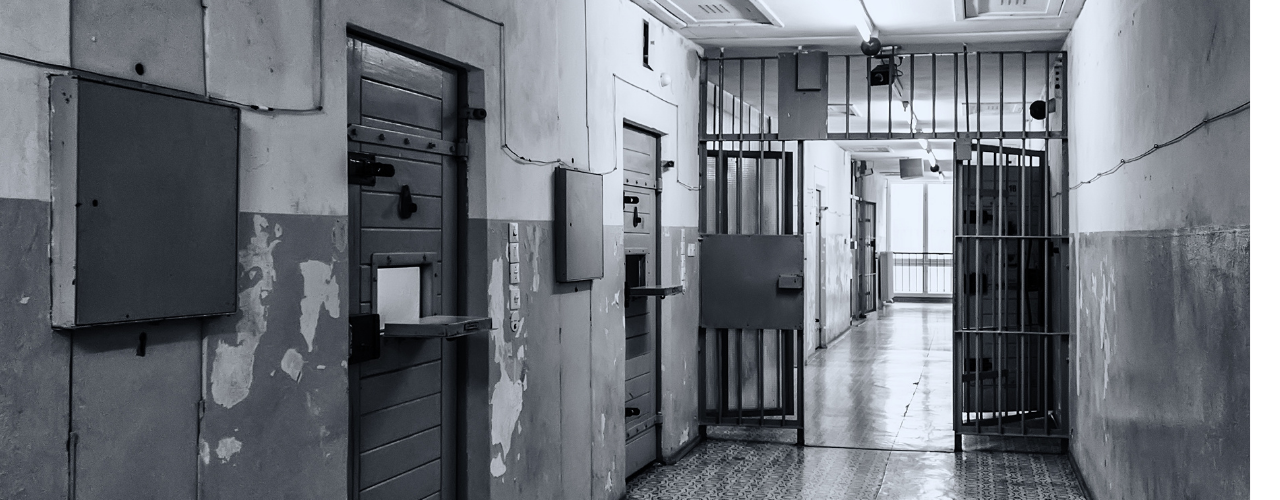
Modern pre-trial custody was to be used sparingly, limited only to those who posed a risk of committing further serious crimes or interfering with investigations. This is no longer the case.
More and more people are now being sent to prison in Ireland while awaiting trial, mostly for non-violent minor offences. Others have noted a “sustained increase in the use of pre-trial detention in Ireland in recent years.” If subsequently convicted of an offence, short prison sentences of less than 12 months continue to be the default, making up three-quarters of the committals in 2019.
Homeless people are disproportionately represented in prison as they will automatically be remanded in custody if they cannot provide an address and, when sentenced, will not be eligible for early release. So too, people with severe mental health problems may be sentenced, or remanded in custody, for minor public order offences, sometimes in the belief that they will get better medical treatment in prison than in the community – which unfortunately might actually be true!
So what will their life in prison be like?
I want to make a simple proposal that if our judges were more aware of the prison environment, to have walked the tiled floors or listened to the experiences of those they may have imprisoned first-hand, the numbers in pre-trial custody would reduce.
If we were to take an escorted tour of an Irish prison today, we would be amazed at the improvements in the conditions in prison over the past 20 years – in-cell sanitation, TVs and kettles in every cell, excellent school facilities, a range of training workshops.
But what we may not see is what goes on underneath this glossy exterior. The recent discovery of a large quantity of drugs and mobile phones being smuggled into the prison suggests, correctly, that drug use within most of our prisons is extensive. Prior to the Covid-19 lockdown, despite the best efforts of the Irish Prison Service, drugs were just as readily available within our prisons as on the streets outside, though more expensive – capitalism in practice!
About 70% of those who go to prison have an addiction and many will continue to source their drugs within its walls. Indeed, the demoralising and meaningless day-to-day existence in prison life is the ideal environment for drug use and dependency to thrive. A significant number of drug users whom I know tell me that their first use of drugs occurred while in prison. They came into prison drug free and left with an addiction.
As we move through the prison, we may meet prisoners with scars on their face. These scars have been inflicted for real, or perceived, slights. It could be an unpaid drug debt which they may have incurred before coming into prison, or as trivial a matter as robbing someone’s TV remote control, or just being associated with the wrong faction in prison. Two blades, wrapped closely together, will inflict two scars, which, while only millimetres apart, cannot be stitched, leaving a permanent facial scar.
Prison today is a very violent place, with multiple feuding factions.
Many prisoners choose to go on protection for their own safety, which means spending 22 or 23 hours a day in their cell watching television, with no access to education or training. In Mountjoy Prison, almost a third of the prisoners have chosen to go on protection. Others seek protection by aligning themselves with one of the feuding factions in the prison. But then, when they are released at the end of their sentence, they are obliged to continue to work with that gang on the outside. Prison thus provides a steady trickle of new, younger, more vulnerable members for the various drug gangs.
Most prison staff – unfortunately not all – are caring compassionate people and want to do their best for the prisoners in their care, despite the difficult environment within which they work. During the pandemic, they too are frontline workers, who never get any recognition of that fact. But their task – to provide a safe and caring environment which promotes the rehabilitation of the prisoner – is almost impossible in the current circumstances. The vast majority of people going into prison are damaged by their experience and come out worse than they went in.
This is the stark reality that the judiciary, who act on our behalf, may not be aware of when they send people to prison on remand. Removing a person’s liberty is never easy but changes in prison life mean that they must countenance the environment into which they are sending people, and the potential for harm. It raises serious ethical questions of the ostensible penal-welfarist project if people are being knowingly sent into an environment which causes harm and injury.
In the United Kingdom, following a Justice Select Committee report, the Magistrates’ Association proposed prison visitation as a core element of any training for judges. The chairman acknowledged that, “sending offenders to prison… is one of the toughest decisions magistrates have to take on behalf of society. We therefore believe that seeing prison through visitation should be an essential part of judicial training.”
When society safely re-opens again, judges should take opportunities to seek a working knowledge of our prisons and avail of published inspection reports. Sending a person to a place you may never have visited or do not know is a prima facie act of faith. It may actually make society less safe, rather than more safe.

